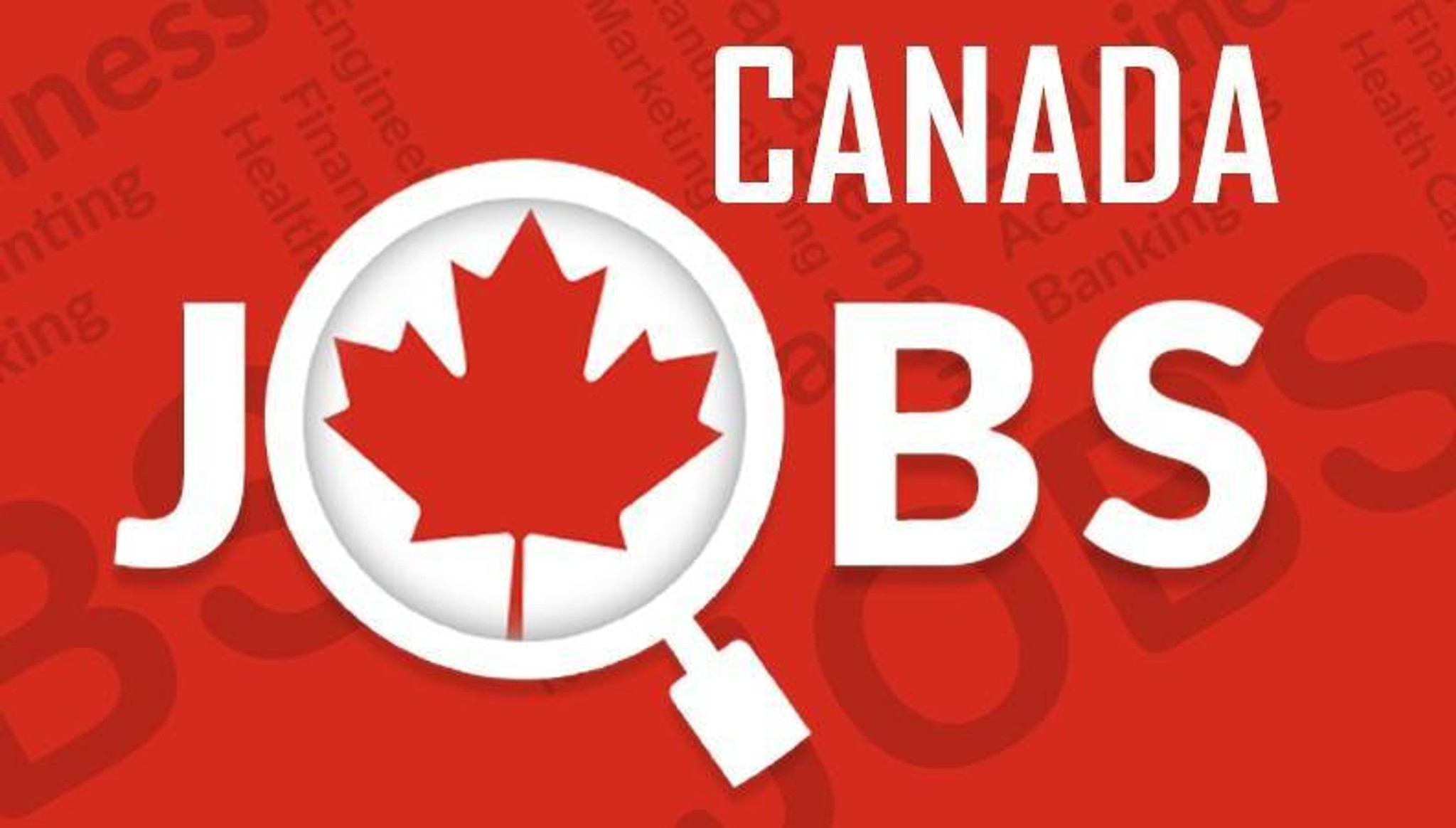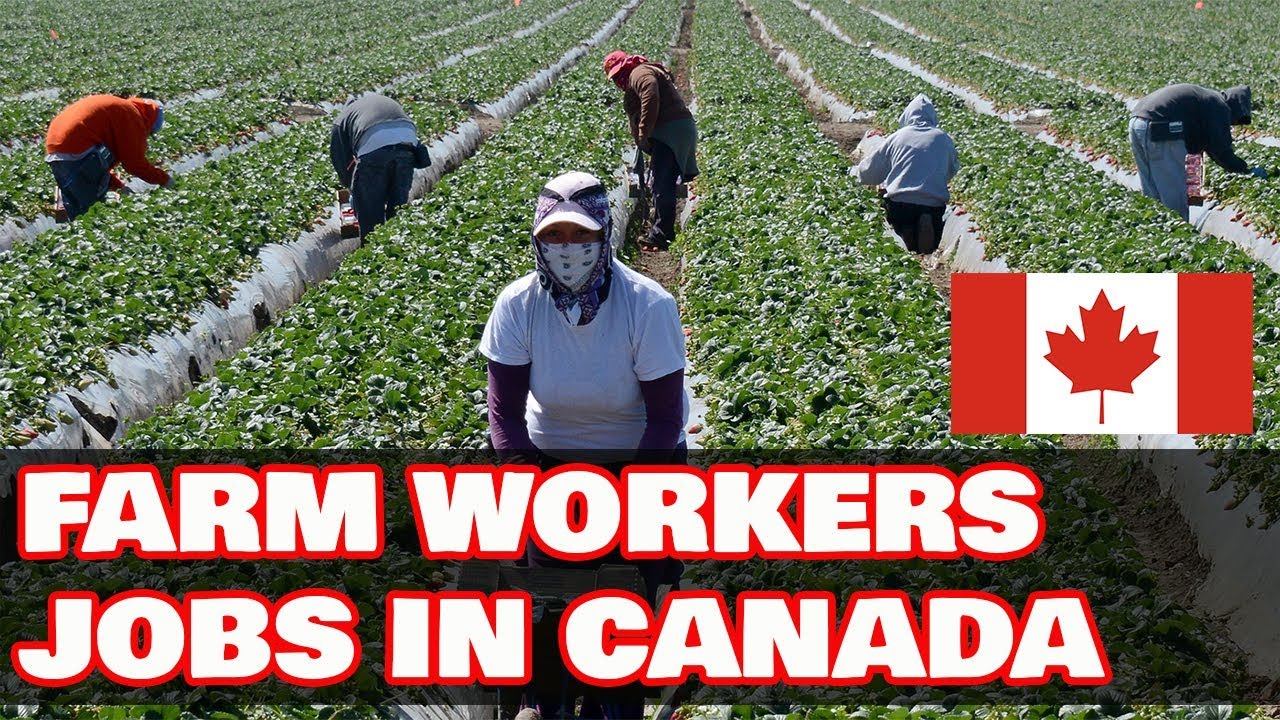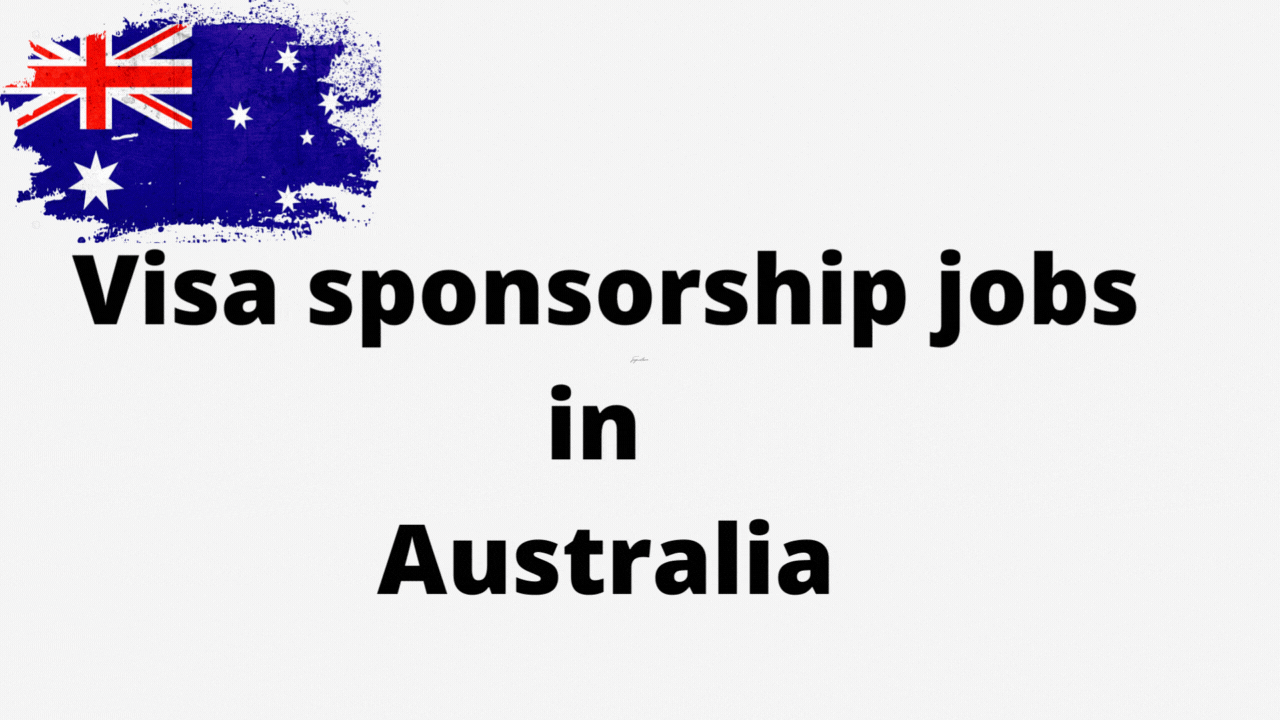Canada in 2025 is a goldmine for skilled workers from around the globe. As of March 18, 2025, the country’s economy is humming with opportunity, driven by massive infrastructure investments, a tech revolution, and a growing demand for healthcare and trades expertise. With over 500,000 immigrants welcomed annually and a job vacancy rate of 5.2%—one of the highest in decades—Canada is rolling out the red carpet for foreign talent to fill skilled roles. Whether you’re a nurse from the Philippines dreaming of Ontario’s hospitals, a welder from India eyeing Alberta’s pipelines, or a data scientist from Brazil targeting Toronto’s tech hubs, Canada offers a chance to build a rewarding career and a new life.
This article presents a detailed list of skilled jobs in Canada, focusing on roles under the National Occupational Classification (NOC) Skill Levels 0, A, and B—positions that qualify for immigration programs like Express Entry and Provincial Nominee Programs (PNPs). We’ll explore why these jobs are in demand, what they pay, how to qualify, and the best pathways to get hired. Ready to discover your place in Canada’s skilled workforce? Let’s dive into the list!
Understanding Skilled Jobs in Canada
In Canada, “skilled jobs” are defined by the NOC system, which categorizes roles based on training and expertise:
- Skill Level 0: Management positions requiring strategic oversight (e.g., engineering managers).
- Skill Level A: Professional roles needing a university degree (e.g., doctors, engineers).
- Skill Level B: Technical or trade jobs requiring college diplomas, apprenticeships, or specialized skills (e.g., electricians, chefs).
These categories align with immigration eligibility, making them a golden ticket for foreigners. In 2025, Canada’s focus on rebuilding its workforce post-pandemic, coupled with an aging population and retiring baby boomers, has created a labor shortage that skilled immigrants are poised to fill. From healthcare to tech to trades, these jobs offer stability, competitive pay, and a clear path to permanent residency (PR).
Top Skilled Jobs in Canada for 2025
Here’s an expanded list of the most in-demand skilled jobs for foreigners, with detailed breakdowns of demand, salaries, qualifications, and immigration options.
1. Registered Nurse (RN) – NOC 3012 (Skill Level A)
Why It’s Hot: Canada’s aging population and healthcare expansion mean nurses are in constant demand, especially in long-term care and rural hospitals.
Average Salary: $70,000–$100,000/year
Qualifications: Bachelor’s in nursing, registration with a provincial body (e.g., College of Nurses of Ontario), National Nursing Assessment Service (NNAS) evaluation, IELTS (7.0+).
Job Outlook: Over 15,000 vacancies, with Ontario, BC, and Nova Scotia leading.
Immigration Pathway: Express Entry’s Federal Skilled Worker Program (FSWP) or PNPs like BC’s Healthcare Professional stream.
Foreigner Advantage: Nurses from the Philippines and India excel with robust training and adaptability.
Example: “I managed 50+ patients daily in Manila, skills I’d bring to Canada’s ERs.”
2. Software Developer – NOC 2174 (Skill Level A)
Why It’s Hot: Canada’s tech boom—AI, fintech, cloud computing—needs developers to keep pace.
Average Salary: $80,000–$120,000/year
Qualifications: Degree in computer science or equivalent experience; skills in Python, Java, JavaScript; certs like AWS Certified Developer.
Job Outlook: 100,000+ openings, with Toronto, Vancouver, and Montreal as hubs.
Immigration Pathway: Global Talent Stream (GTS) or Ontario’s Human Capital Priorities stream.
Foreigner Advantage: Coding is universal—Indian or Pakistani developers thrive here.
Example: “I built a cloud app in Bangalore, boosting efficiency by 30%.”
3. Electrician – NOC 7241 (Skill Level B)
Why It’s Hot: Infrastructure upgrades and renewable energy projects demand skilled tradespeople.
Average Salary: $60,000–$90,000/year
Qualifications: Trade certification (e.g., Red Seal), 4–5-year apprenticeship, knowledge of Canadian Electrical Code.
Job Outlook: 10,000+ jobs, with Alberta’s oil sector and BC’s green projects leading.
Immigration Pathway: Federal Skilled Trades Program (FSTP) or PNPs like Nova Scotia’s Skilled Worker stream.
Foreigner Advantage: Practical skills from the UK or Australia translate seamlessly.
Example: “I wired a factory in Sydney, ready for Canada’s smart grids.”
4. Civil Engineer – NOC 2131 (Skill Level A)
Why It’s Hot: A $150-billion infrastructure plan—bridges, highways, transit—needs design experts.
Average Salary: $75,000–$110,000/year
Qualifications: Civil engineering degree, World Education Services (WES) evaluation, pursuit of Professional Engineer (P.Eng.) via Professional Engineers Ontario (PEO).
Job Outlook: 15,000+ roles, with Toronto’s Ontario Line and Vancouver’s flood defenses booming.
Immigration Pathway: Express Entry or BC PNP Tech.
Foreigner Advantage: High-growth region experience (e.g., Pakistan, China) fits Canada’s needs.
Example: “I led a $5M dam project in Lahore, skills for Canada’s urban growth.”
5. Welder – NOC 7237 (Skill Level B)
Why It’s Hot: Construction, pipelines, and renewable energy projects rely on welders.
Average Salary: $55,000–$85,000/year
Qualifications: Welding certification, apprenticeship, MIG/TIG/arc welding skills.
Job Outlook: 7,000+ jobs, with Alberta and Saskatchewan leading.
Immigration Pathway: FSTP or Saskatchewan’s Skilled Worker stream.
Foreigner Advantage: Hands-on talent from Mexico or India excels in Canada’s industrial zones.
Example: “I welded pipelines in Gujarat, prepared for Canada’s oil sands.”
6. Data Scientist – NOC 2172 (Skill Level A)
Why It’s Hot: Businesses in finance, healthtech, and retail crave data insights.
Average Salary: $90,000–$130,000/year
Qualifications: Degree in stats, math, or IT; skills in SQL, Python, Tableau; bootcamps like BrainStation.
Job Outlook: 20,000+ roles, with Montreal’s AI hub and Toronto’s banks driving demand.
Immigration Pathway: Express Entry or Ontario PNP Tech.
Foreigner Advantage: Analytical minds from China or Nigeria shine in Canada’s data-driven economy.
Example: “I reduced churn by 20% with data models in São Paulo.”
7. Mechanical Engineer – NOC 2132 (Skill Level A)
Why It’s Hot: Energy, manufacturing, and aerospace need mechanical expertise.
Average Salary: $80,000–$120,000/year
Qualifications: Mechanical engineering degree, ASME certs, P.Eng. pursuit.
Job Outlook: 12,000+ jobs, with Alberta’s oil sector and Ontario’s auto industry strong.
Immigration Pathway: Express Entry or Alberta Opportunity Stream.
Foreigner Advantage: Industrial skills from Brazil or Germany adapt well.
Example: “I optimized machinery in Munich, cutting costs by 15%.”
8. Pharmacist – NOC 3131 (Skill Level A)
Why It’s Hot: Aging Canadians and expanded pharmacy roles (e.g., prescribing) fuel demand.
Average Salary: $90,000–$120,000/year
Qualifications: Pharmacy degree, Pharmacy Examining Board of Canada (PEBC) licensing, internship.
Job Outlook: 3,500+ vacancies, with rural areas offering incentives.
Immigration Pathway: Express Entry or Manitoba PNP.
Foreigner Advantage: UK or Australian pharmacists transition smoothly.
Example: “I managed a pharmacy in London, ready for Canada’s rural needs.”
9. Heavy Duty Equipment Mechanic – NOC 7312 (Skill Level B)
Why It’s Hot: Mining, construction, and transport rely on equipment maintenance.
Average Salary: $60,000–$95,000/year
Qualifications: Trade certification, apprenticeship, diesel engine expertise.
Job Outlook: 5,000+ jobs, with Alberta and BC leading.
Immigration Pathway: FSTP or PNPs like BC’s Skilled Worker stream.
Foreigner Advantage: Practical skills from South Africa or the US excel.
Example: “I repaired mining rigs in Johannesburg, skills for Canada’s north.”
10. Financial Analyst – NOC 1112 (Skill Level A)
Why It’s Hot: Canada’s financial hubs need experts for budgeting and investments.
Average Salary: $75,000–$120,000/year
Qualifications: Finance degree, CFA or Excel mastery.
Job Outlook: 6,000+ roles, with Toronto’s banking sector dominant.
Immigration Pathway: Express Entry or Ontario PNP.
Foreigner Advantage: Global finance experience from Singapore or India fits perfectly.
Example: “I saved $500K with forecasts in Dubai, ready for Canada’s markets.”
Salaries and Benefits: What You’ll Earn
Skilled jobs in Canada pay well and come with perks:
- Skill Level A: $70,000–$150,000 (e.g., engineers, pharmacists).
- Skill Level B: $50,000–$95,000 (e.g., welders, mechanics).
- Bonuses: Signing bonuses ($5,000–$20,000) in high-need areas like rural Alberta.
- Benefits: Health/dental plans, pensions, 20–30 days’ vacation, often remote options.
- Cost of Living Context: Toronto’s $4,000/month rent is offset by higher pay; Halifax ($2,500) offers savings.
CPC Boost: “Skilled job salaries Canada” keywords attract career planning and relocation ads.
How Foreigners Can Qualify
Breaking into these roles requires preparation:
- Education: University degree (Level A) or college diploma/apprenticeship (Level B)—validate with WES.
- Certifications: Enhance your resume with Red Seal, AWS, CFA, or PMP—high-CPC training niches.
- Experience: 1–5 years; highlight results (e.g., “Designed 10 bridges in 3 years”).
- Language Proficiency: IELTS (6.5+) or TEF (French for Quebec)—language course ads pay big.
- Licensing: Regulated professions (e.g., nursing, engineering) need provincial registration—e.g., PEO, CNO.
Pro Tip: Start credential assessments early—6–12 months is common.
Immigration Pathways for Skilled Workers
Canada’s immigration system loves skilled talent—here’s how to get in:
- Express Entry:
- Federal Skilled Worker Program (FSWP): For Level A/B jobs—67+ points on age (max 12), education (25), experience (15), language (28).
- Canadian Experience Class (CEC): For those with Canadian work experience (e.g., post-GTS).
- Federal Skilled Trades Program (FSTP): Targets Level B trades—requires a job offer or certification.
- Provincial Nominee Programs (PNPs):
- BC PNP Tech: For software developers in Vancouver.
- Ontario Human Capital Priorities: For professionals like analysts or engineers.
- Alberta Opportunity Stream: For trades and engineers in Calgary.
- Saskatchewan SINP: For welders and mechanics.
- Global Talent Stream (GTS): Fast-tracks tech roles (2–6 weeks) with sponsoring employers—e.g., Shopify, SNC-Lavalin.
Pro Tip: Use Canada.ca for updates—immigration consultants (high-CPC) can streamline applications.
Where to Find Skilled Jobs
- Job Bank: Official job board with sponsorship filters—perfect for trades and professionals.
- Indeed Canada: Broad listings across provinces.
- LinkedIn: Networking and job posts—connect with recruiters.
- Workopolis: Skilled job focus—great for Level A/B roles.
- VanHack: Tech-specific virtual fairs.
CPC Boost: “Skilled job search tools” keywords draw premium career platform ads.
Tips to Stand Out
- Tailor Your Resume: Canadian-style—1–2 pages, ATS-friendly, results-driven (e.g., “Cut costs by 20%”). Use Resume.io.
- Network: Join LinkedIn groups like “Jobs in Canada” or attend local meetups post-arrival.
- Upskill: Take Coursera or Udemy courses—tech and trades training ads thrive.
- Learn Local Norms: Research Canadian codes (e.g., electrical, building)—shows readiness.
Conclusion: Your Skilled Future in Canada
Canada’s skilled job market in 2025 is a playground for foreigners—from nurses saving lives to welders building infrastructure. This expanded list highlights roles with high demand, solid pay, and immigration pathways to make your move seamless. Whether you’re coding in Montreal, engineering in Toronto, or fixing rigs in Alberta, Canada needs your skills. Start with a WES evaluation, explore Job Bank, and upskill via Coursera. Your Canadian career isn’t just a possibility—it’s a plan. Take the first step today and join Canada’s skilled workforce!










